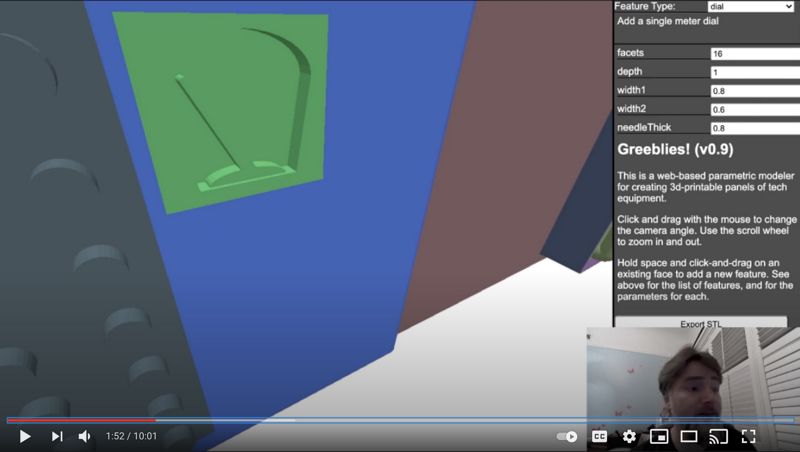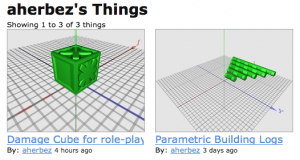
This was a talk I gave at this year’s Roguelike Celebration, the annual mini-conference for roguelike games and procedural content. This year, I gave a short presentation on how to use Three.JS to create web-based CAD tools to produce 3d-printable models.
In the talk, I show my web-based greeblie modeler, then I walk through how to create a simple tool to make a box of a given size and export it as a 3d printable STL file. To see the whole talk, head here.
 Follow
Follow


